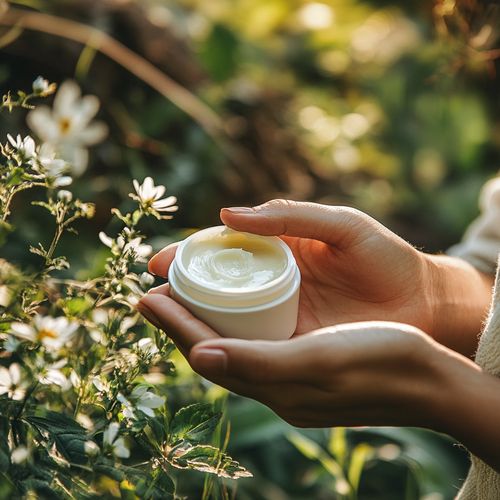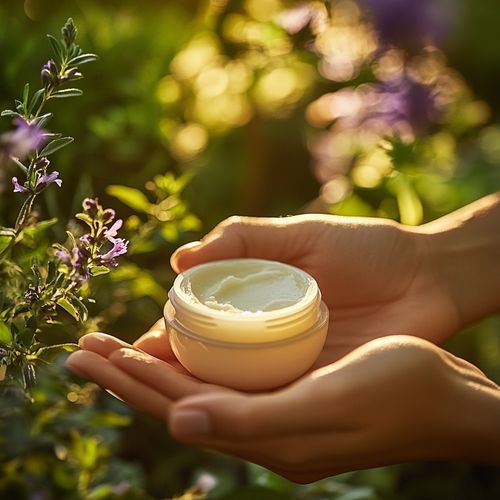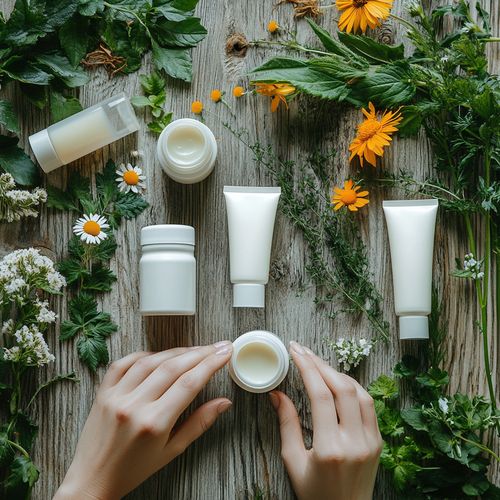Why natural cosmetics need protection
Many people believe that if a cream is 100% natural, it contains no additives. But the truth is quite different. Even the purest and most “green” formulas need protection from microbes, mold, and oxidation. Without preservatives, such a product would last just a few days—especially in a warm, humid bathroom. And we want our cream to last at least a month, not disappear after two uses. That’s exactly where natural preservatives come in.
It’s essential that even the protective component doesn’t disrupt the formula’s natural balance. In organic cosmetics, as in a good novel, every ingredient has its purpose. That’s why we carefully select only those substances that are not just safe, but actually beneficial to the skin.
By the way, if you value clean formulations with nothing unnecessary, we’ve got something special for you. You can buy Dulie ointment in Kharkiv—a remedy with a natural formula and a thoughtful preservation system.
Natural preservatives — allies, not enemies
Forget the outdated stereotype that “preservatives are bad.” It all depends on their origin and dosage. Some of the most popular and safe ingredients include:
- Essential oils with antiseptic properties, such as tea tree, eucalyptus, or lavender. They fight bacteria while gently caring for the skin.
- Plant extracts, like rosemary, sage, cranberry, or green tea. These antioxidants prevent spoilage and help maintain freshness.
- Glycerin and potassium sorbate — gentle and effective. They are commonly used in baby products and skincare for sensitive skin.
These components don’t just extend the product’s shelf life. They complement the action of active ingredients and make the cosmetics more stable without compromising the skin. For instance, an ointment made with calendula extract and lavender essential oil can both soothe irritation and protect against bacteria. That’s exactly why more and more customers are looking to buy Dulie burn ointment with this kind of balanced composition.
How to tell natural preservation from synthetic?
First tip — always read the label. Natural preservatives are often listed with Latin plant names or well-known botanical ingredients (for example, Rosmarinus Officinalis for rosemary extract).
Second — trust certification. Reliable manufacturers display labels like ECOCERT, COSMOS, or USDA Organic. These standards control not just the ingredients, but the manufacturing process and even the packaging.
Third — trust your experience. If a product doesn’t cause irritation, doesn’t smell artificial, and you enjoy using it right to the last drop — chances are, the preservatives were chosen wisely.
Why natural preservatives are better for the skin
While synthetic versions can trigger allergies or dry the skin, natural alternatives act gently. This is especially important for people with sensitive or reactive skin. We’ve had customers with atopic dermatitis find relief after switching from a drugstore ointment to an organic formula.
Here’s why people choose our products:
- no phenoxyethanol, parabens, or formaldehyde;
- ointments made with time-tested recipes and modern safety;
- formulas with soft, natural scents instead of harsh chemicals.
We also pay close attention to packaging. A well-designed container helps maintain product purity and minimizes the need for strong preservatives.
So if you’re wondering where to buy Dulie ointment for burns in Kharkiv, check out our store — we offer only what we personally believe in.




